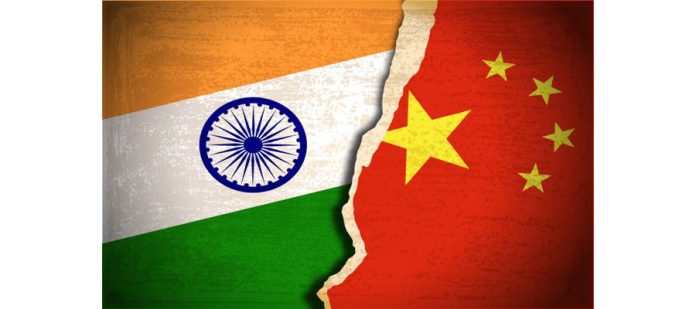Destiny has its own course. The 21st century is considered to be the Indian century. The emergence of political and social structures, rapidly growing economy, financial system and stability, its place in the geopolitical landscape, wealth accumulation, sweeping reforms, dominance in defence, research and technology adoption, accompanied with social norms Viz India’s multicultural landscape, deep cultural, artistic and intellectual heritage mark the beginning of the great India again.
2024 is the year of re-imagination, year of transformation, and the year of tech-adoption. There is something special about the country and people of the land. The dynamism, energy and the leadership of India is re-writing the success stories of this nation.
Like the 15-16th centuries dominated by Spain, the 17-18th by France, the 19th century by the British, 20th century by the American, the 21st century will be dominated by India. The visionaries and institutions around the world are bullish about India. India will emerge as the largest economic superpower by the end of the century, with GDP 90% larger than China’s and 30% larger than the US.
India is re-inventing itself – be it economy, social, cultural, political, science and technology or any other sphere of life. India’s ascendancy in the global electronics market, particularly in mobile phones, consumer electronics, IT hardware, and electronic components is worth mentioning. Through strategic collaboration, research, and favourable government policies, India can seize the immense opportunities to become a competitive electronics manufacturing centre.
The development of the ecosystem is giving India a desired confidence because the component manufacturers have started shifting to our country. In the near future India’s ambitious goal is to achieve a $5 trillion economy. For the electronics sector the government aims for $300 billion in electronics production, including $100 billion in exports in the next few years.
The government has already committed nearly INR 15,500 crore over the next six years across four PLI schemes. The government will come out with more categories where benefits will be extended to local manufacturers in the space of hearables and wearables, industrial and auto electronics, and telecom equipment. Cutting import duty for components used in the manufacturing of mobile phones to 10 per cent from 15 per cent is a good move by the government. In addition to that, Micron has shown the way to Israel’s Tower Semiconductor proposes an $8 billion chipmaking plant in India.
We are pretty short of facts while discussing India’s emergence without mentioning China. There are two problems with China – one is how weak the economy has become, and the other is a loss of confidence in the outlook further ahead. At present it is hard to be optimistic about China’s long-run economic trajectory.
China’s banking system is collapsing, and the real estate crisis in the country could end up wiping out $4 trillion from its financial system. Foreign investors are pulling billions of dollars out of China due to the country’s fragile economy. According to official sources, China’s debt is more than 250 percent of GDP – i.e. 92 trillion yuan. The concern is that China’s debt has surged at the sort of pace that usually leads to a financial bust and economic slump. China’s growth is buried under great wall of debt. Unemployment Rate in China has increased to never before, poverty is on the rise, and there is no disposable income to sustain the domestic market. Chinese equities have tumbled 26% over the last year.
The world is interested in India for a number of reasons — but one out of them is “it’s not China”. There’s a genuine long-term growth story here.
By Devendra Kumar, Editor in Chief, ELE Times








